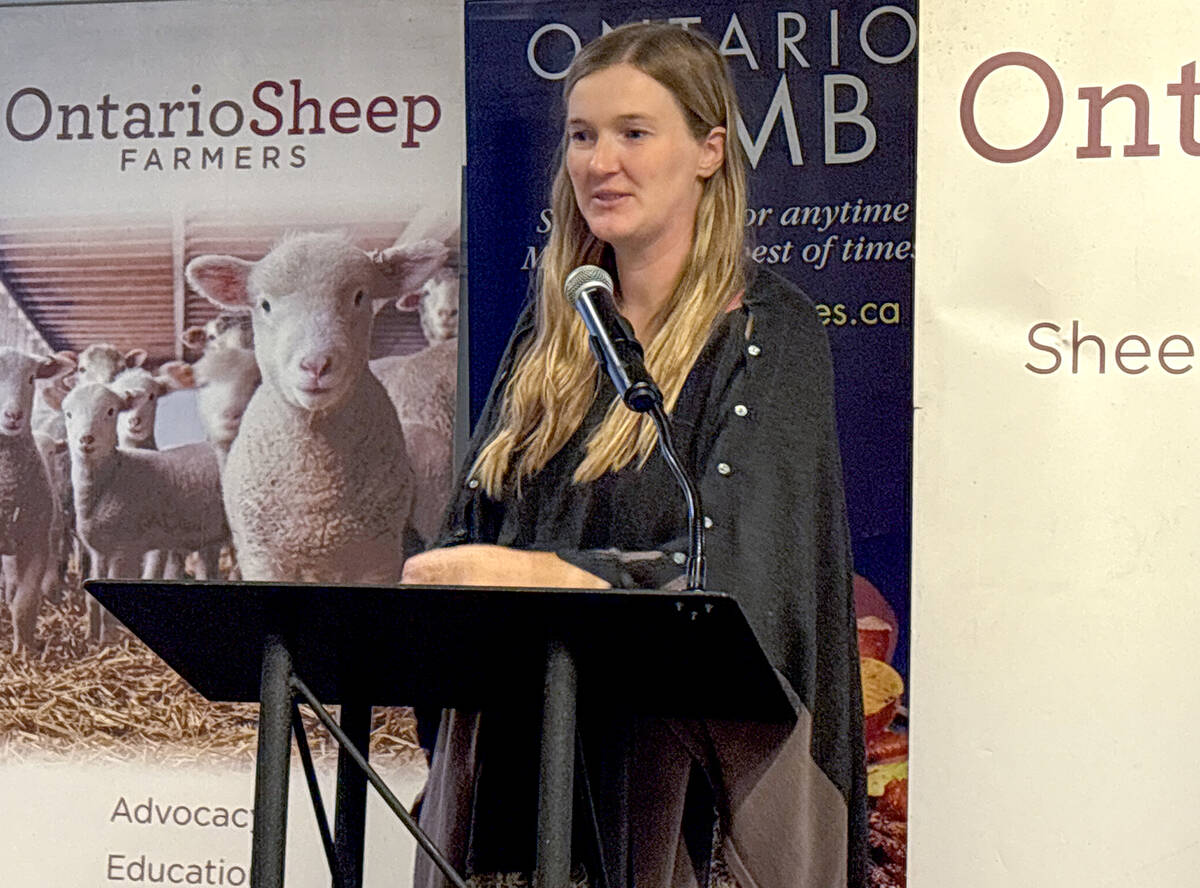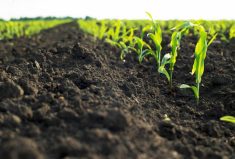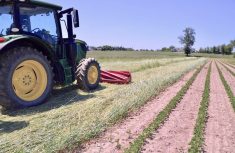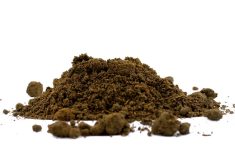The global organic movement is stalled at what Andy Hammermeister refers to as ‘Organic 2.0’ – where aspiring organic producers must make changes to achieve a list of requirements in the standard, and once they do there’s no need for further improvement as long as they stay within the rules.
Hammermeister, director of the Organic Agricultural Centre of Canada (OACC) at Dalhousie University, told attendees during the virtual Guelph Organic Conference that a spirit of continuous improvement, as promoted by proponents of the ‘regenerative agriculture’ movement, was once also a pillar of the global organic agriculture movement.
Why it matters: A Regenerative Organic Certified (ROC) program is now available in Canada, offering another choice for farmers to show to consumers their production practices have positive impacts on the environment.
Read Also

Footflats Farm recognized with Ontario Sheep Farmers’ DLF Pasture Award
Gayla Bonham-Carter and Scott Bade, of Footflats Farm, win the Ontario Sheep Farmers’ 2025 DLF Ontario Pasture Award for their pasture management and strategies to maximize production per acre.
As a representative for the Canadian organic sector on the International Federation of Organic Agriculture Movements (IFOAM), he told the audience the global organization has recently discussed synergies with the growing regenerative agriculture trend. He was a panelist, along with Saskatoon-based Jennifer Bromm of Canada-wide certifying agency Ecocert to discuss ‘Regenerative Organic Certification and Organic 3.0.’
Hammermeister said pioneers of organic agriculture in the 1950s and earlier didn’t envision a line cutting off ‘certified’ from ‘conventional’. Instead, they wanted to promote continuous improvements in soil health, biodiversity and water quality. The “you’re in, you’re out” approach of Organic 2.0, as Hammermeister labelled it, developed in the 1960s and ‘70s. It was due in part to consumer demand for accountability, and in part to fraud by farmers trying to achieve the organic price premium without doing everything necessary to meet the standard.
“And that creates a stigma,” he said of the line-in-the-sand approach.
Hammermeister outlined a range of inspirations globally for regenerative agriculture, from Zimbabwean Alan Savory’s Holistic Management approach to the long-standing European-centred permaculture movement to the United States Department of Agriculture’s promotion of regenerative as part of its soil conservation mandate. All these share the idea of training the participating farmer to assess the outcomes of their farming activities and to plan and implement management changes to improve on those outcomes over time.
Bromm, a veteran Ecocert inspector, recently took on the role of Regenerative Organic Certified (ROC) program manager for the company. Ecocert, which also has offices in Guelph and Quebec City, is best-known as an organic certifier but Bromm noted it works with about 150 different standards.
ROC is overseen by a U.S.-based non-profit established in 2017 called the Regenerative Organic Alliance. With regenerative, she explained, soil health is the top priority, along with quality of life for all (human and livestock) involved in the food’s production. Tillage isn’t frowned upon when it’s seen as good for soil health or good for building carbon capture potential.
There are three levels of certification: Bronze, Silver and Gold. And there are three pillars upon which certification is based: soil health, animal welfare and ‘social fairness’. The soil health pillar calls for crop rotation, soil cover for a suitable proportion of time, and soil sampling. To achieve the Gold level of ROC certification, the farm must be covered by one of a list of accepted animal welfare certifications. And for Gold-level certification in ‘social fairness’ the farm needs to be part of ‘Fair Trade’ or some similar program.
For Bronze certification, one-quarter of the farm must meet the baseline ROC requirements and have a plan to reach half of the farm covered within five years. For Silver certification, half the farm must meet ROC requirements with a plan to have three-quarters covered within five years. And the Gold standard comes when the entire farm meets the full ROC standard.
Those who want to be certified ROC must be certified organic. There’s a one-time fee to register with ROC plus a per-acreage cost. “It’s not substantial but it does add up,” Bromm said, when you add the fees for being certified organic or certified to animal welfare and fair-trade standards. Plus with ROC, it’s in U.S. dollars.
“People want to do things but if it costs too much, how are you going to justify that?” she said.
In Hammermeister’s opinion, ‘regenerative’ at the very basic entry point is just what every farmer should be doing to preserve soil and water resources. But at the highest level, in some ways, it’s over and above certified organic.
He worries, though, that “there is an opportunity to create confusion as to what’s acceptable under regenerative, and I think that will become more of a challenge as the movement grows.”
Bromm said what she likes most about ROC is that farmers can start at the Bronze level and learn. They can then be introduced to regenerative concepts and become excited about them and possibly attract new entrants once they achieve higher-than-basic outcomes.
Hammermeister doesn’t foresee a collision course between organic and regenerative. Instead, he said organic sector leaders globally have begun discussing how to incorporate elements of the regenerative approach into Organic 3.0.
Currently, he noted, organic standards tend to examine processes of food production but not put much attention on outcomes in the food itself and the environment. Regenerative, by contrast, puts considerable focus on outcomes.
He also believes organic standards should evolve to address affordability and quality of life for farmers and consumers – something the ROC program aims to do with its ‘social fairness’ pillar.
An IFOAM committee recently drafted an Organic 3.0 document entailing six principles: a culture of innovation; continuous improvement towards best practices; diverse ways to ensure transparency and integrity; inclusive of wider sustainability interests; holistic empowerment from farm to the final consumer; and true value and fair policy. Hammermeister hopes this document helps set the stage for eventually bringing together the goals of organic and regenerative.
According to Bromm, there are currently two farms ROC certified in Canada and about 20 in the U.S.















